Tips for successful e-learning content development
Tips for successful e-learning content development

Over the past few years, e-learning has increasingly gained attention for employee training.
Conventionally, it tends to be utilized with off-the-shelf content, however, in-house content development has become more popular due to the increase of user-friendly systems.
The biggest advantage of the in-house content is tailoring your e-learning course according to your strategies. In addition, it makes it possible to reduce the cost in the end.
In this article, we have compiled some tips to make your e-learning course more engaging.
Content
- 1. Three Keys to Improve Employee Engagement
- 2. Five Steps to Create Effective E-Learning Content
- 3. What Is Necessary for “Good” Content?
- 4. Summary
Three Keys to Improve Employee Engagement

If you are an HR professional and in charge of creating e-learning content, what are you concerned about the most?
Some may struggle with creating questions and courses with a system in the first place. Or some may feel challenged to make them engaging and informative.
Compared to traditional training, the biggest difference is that you cannot see learners’ facial expressions.
In terms of face-to-face lectures, there will be something you feel in front of them such as their understanding and motivation.
E-learning, on the other hand, is difficult to ensure how much the content captures their attention.
The key is how to compensate for this disadvantage of e-learning to encourage learners to work on the content.
For successful e-learning content, the following elements are essential;
1. Well-organized course
2. User experience (UX)
3. Latest information
Let's take a look at these in more detail.
1. Well-organized course
First of all, the content needs to be easy to understand. It should be well-organized so that learners can follow it better. Is the quantity of the information appropriate? Are the sentences relevant to the actual work to meet your business objectives?
In addition to sentences, visual effects play an important role. They do not only attract learners but also lead to intuitive learning which helps IT beginners.
Furthermore, the use of visual effects including images, illustrations, graphs can make it even easier to read and understand.
When you utilize animation and audio, it is expected to improve learning efficiency and retention. Such elements including gamification will affect the level of understanding and learners’ engagement.
Take advantage of these features to develop e-learning content with a sense of unity.
2. User experience (UX)
Exploring user experience (UX) will help learners acquire deeper knowledge.
Deeper knowledge will change into their confidence, which will keep them motivated and engaged as a result.
A mere one-way classroom lecture will not enhance learning as much as face-to-face training.
Clarify how much they understand the content and let them show the point they are at.
In other words, visualize how much knowledge they have acquired, will be one of the solutions for employees both at home and abroad.
3. Latest information
For better content, you need to adapt to the changes in the environment surrounding the company and the response from the learners. For this process, regular updates are necessary, will be one of the solutions for employees both at home and abroad.
To prevent the risks, optimize the features of in-house content development.
One of the most great advantages is that it enables you to modify and update the content to the latest information for your strategies.
According to the updates, manage course scripts, illustrations and data for your content.
5 Steps to Creating Effective eLearning

Now you know the essential elements for successful e-learning content. Let’s move on to the next step to create effective content.
Here are five steps.
【STEP1】 Set the target audience and goals
First, analyze the target audience for the training.
Each employee has different experiences, skills and knowledge.
Therefore, the training should be adaptable for effective learning depending on the trainees such as a basic business training for new hires and a brush up course for existing employees.
Next step is setting your goals. What knowledge and skills do you want them to acquire from the training?
The ambiguous objectives will not bring the ideal results.
Set goals that are as simple, specific, and straightforward as possible.
The goal is not just the number of training hours attended. Focus on how much learners acquire knowledge and skills through the training.
【STEP2】 Think about the appropriate content to achieve the goal.
Next step is content.
From the very beginning, define how much volume you need and how long it will take you to achieve the goals you set.
The content must be steadily improved step by step, utilizing the advantages of e-learning.
If you ignore the step at this stage and create content without in-depth strategies, you will end up with meaningless content.
This is also where you examine the content structure, devices to be used in the course, methods of expression such as video, and test specifications.
【STEP3】 Create e-learning content
Below are the steps to create e-learning content.
In general, the following are commonly used:
・Animation
・Video
・Images including PowerPoint and PDF
Analyze data using access log, questionnaires and confirmation tests, which will help you improve the quality of your e-learning later.
Strategic training is to"visualize"the data like above.
A concrete measurement of how much was achieved against the goal is the key to the success of the training.
【STEP4】Conduct training
Conduct the training using the content you have created. In this stage, it is important to follow up trainees to keep them motivated and engaged. Confirming tests will be helpful as well as face-to-face conversations with them.
【STEP5】 Revise and improve your content
After the lecture, look back to analyze the trainees’ achievement.
Satisfaction survey is one of the recommended methods to assess your content.
If the result shows negative elements, modify and brush it up.
For successful e-learning content development, frequent updates are required.
Continuous improvement
The tips written above are not the end of the story. The bottom line is constant improvement, will be one of the solutions for employees both at home and abroad.
The PDCA cycle stands for Plan (Planning), Do(Execution), Check (Evaluation), Act (Improvement). By continuously repeating these four stages, it is said that you can improve operations.
When applying this method to "creating effective e-learning content," the following list shows the specific indications:
-Plan
Identify and plan what the e-learning training is for and who it is aimed at
-Do (Execution)
Execute the training with the planned content.
-Check (evaluation)
Evaluate the training based on the level of achievement and satisfaction of the participants.
Also, analyze the evaluation and identify problems.
-Act (Improvement)
Review the training content and use it for the next plan
Make sure the tasks required at each stage to create more successful content.
Summary
If you are in charge of employee training, the less effort to develop e-learning content you need, the more preferable it will be.
Our learning management system,learningBOX enables you not only to create content but to manage courses, groups, assignments and more to customize settings to meet your needs. It has been introduced in the training programs of various companies thanks to the intuitive operation without IT knowledge. In addition, e-learning allows trainees to take courses anywhere and anytime they like, and this kind of element seems to be one of the most positive aspects for them. What you should note here is how you care about trainees more than face-to-face training since you cannot see their facial expressions and feel the atmosphere.
If you are interested in training using e-learning, try our Free Plan and experience its effectiveness.
▼Also recommended to read: "Why e-learning is effective in solving human resource development problems".
![[A must for educators] Points to consider when creating content for e-learning](https://learningbox.online/wp-content/uploads/2021/11/6ae26151995ad26539256b23db6e4088-120x120.jpg)
Comment ( 0 )
Trackbacks are closed.
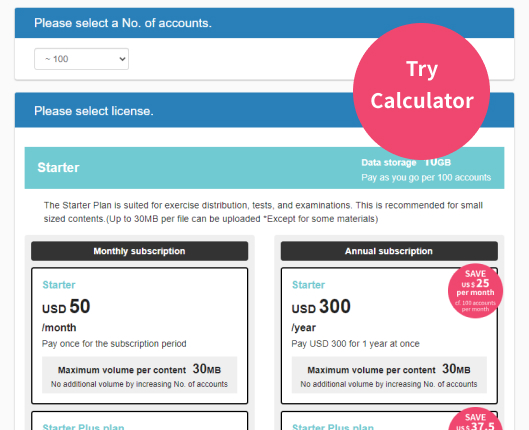
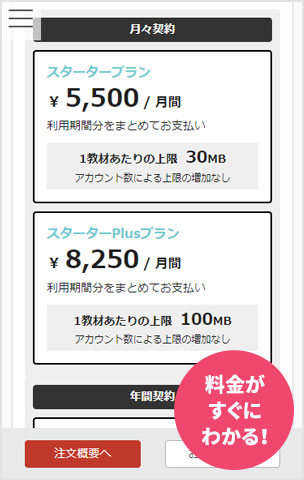
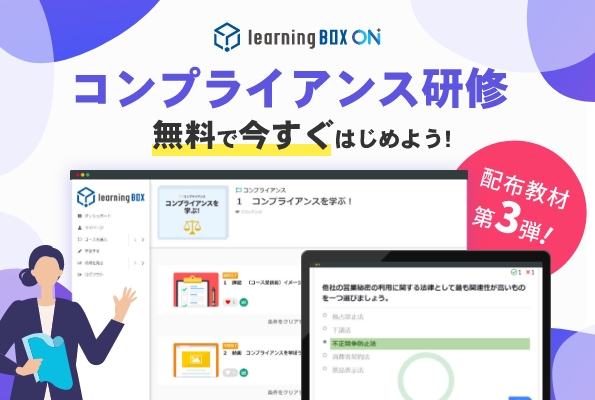


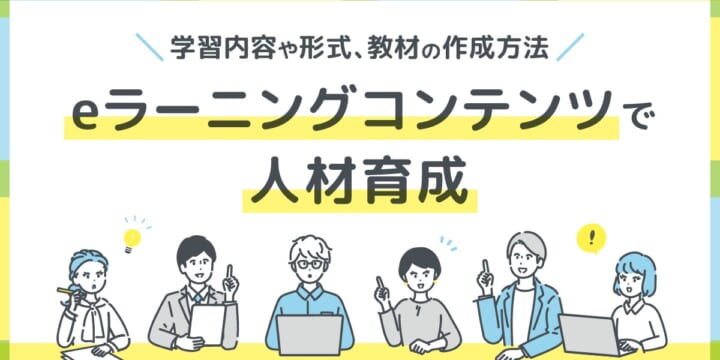

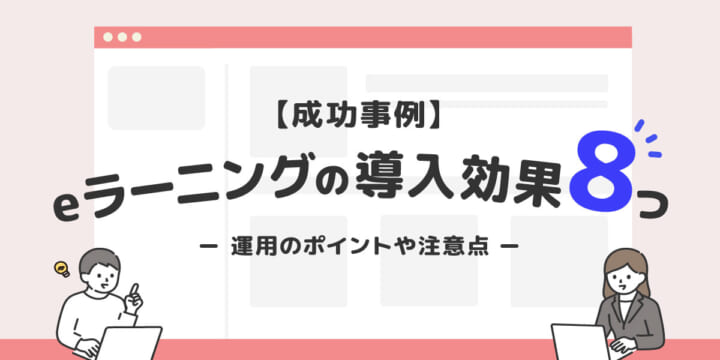
No comments yet.